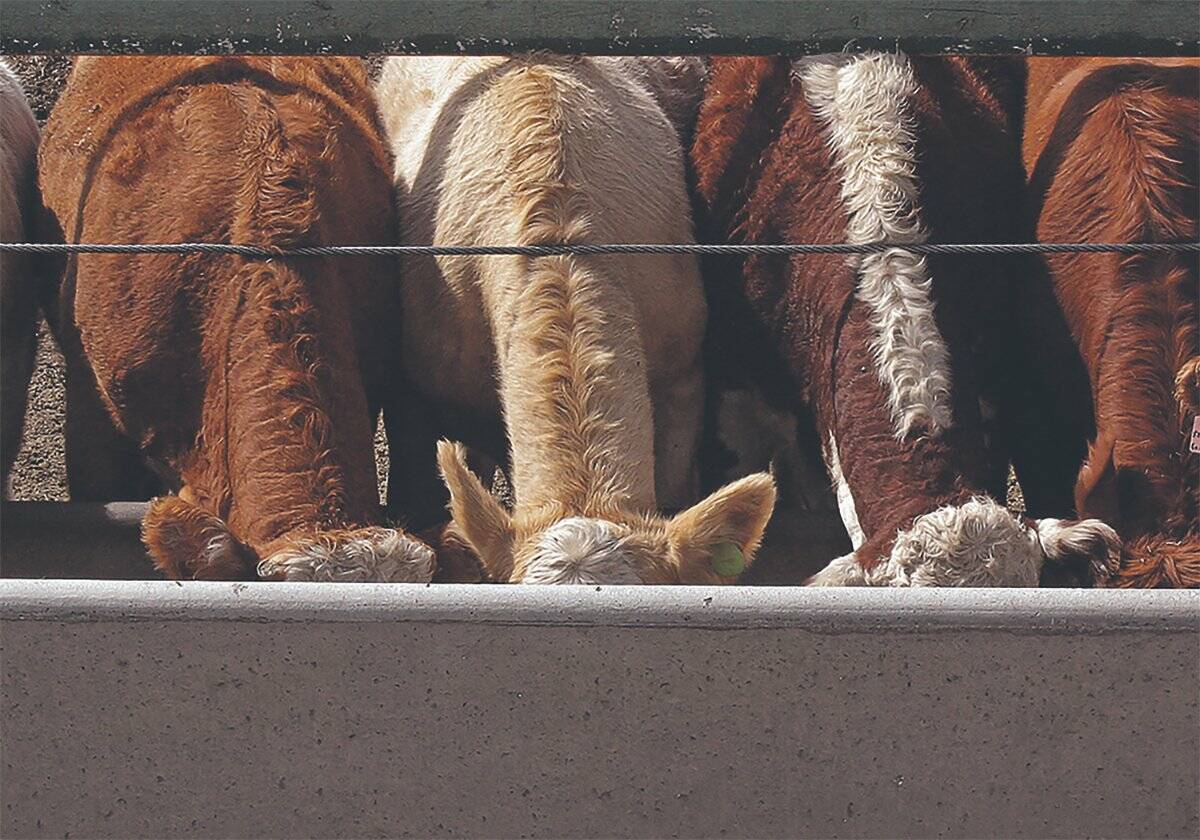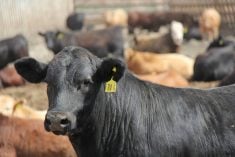PARIS (Reuters) — A reform meant to promote cultivation in the European Union of protein-rich crops for animal feed could cut France’s reliance on costly and mostly genetically-modified soybean imports by a third, depending on who receives the aid, growers said.
When EU leaders agreed on reforms to the $68 billion a year Common Agriculture Policy in June, these included the prospect that member states could use up to two percent of output-related subsidies for farmers to boost output of vegetable proteins.
It remains unclear whether and how the bloc’s other 27 members will apply this measure, but President Francois Hollande said earlier this month that France would use it as part of a wider plan to help livestock farmers who are struggling with a rise in costs linked to animal feed.
Read Also

U.S. livestock: Cattle fall back, hogs continue slide
Chicago cattle futures fell back on Tuesday. Hogs continued to slide. Most-active December live cattle futures closed at 227.775 cents…
Farmers who specialize in growing feed crops argue that part of the subsidies should go mainly to them as their group funds research on improving yields while livestock farmers would not contribute to make the sector more productive as they would produce for themselves.
“A realistic protein plan, which would lead to a French area of protein-rich crops of 800,000 hectares, would boost domestic output by 1.2 million tonnes of soymeal equivalent, or 30 percent of the current deficit,” Gerard Tubery, head of French oilseed and protein growers group FOP, said on Wednesday.
France, the second-largest animal feed maker in the EU, chiefly relies on imports of soybeans to meet the protein needs of livestock, mainly poultry and pigs. Cattle are mainly fed on grains and grass.
Details of the plan have yet to be finalized, but Agriculture Minister Stephane Le Foll has said it would increase subsidies for protein crops to $110 million from $36 million before the reform.
France’s protein deficit, calculated in tonnes of soymeal, is more than 3.75 million tonnes, which amounts to about 40 percent of consumption, Tubery said.
Paying subsidies to feed growers would encourage research to improve yields, which is necessary to convince more farmers to grow protein rather than grains that are currently more profitable, he said.
Paying livestock farmers would be a weaker strategy as it would not bring such long-term advantages, he added.
In the 2013-14 marketing season, the EU is expected to import 20.1 million tonnes of soymeal and 12.1 million tonnes of soybeans, data from the U.S. Department of Agriculture showed.
Most of this is genetically modified soy from Latin America, mainly Brazil and Argentina, and from the United States.
While this soy is not meant for human consumption, environmentalist campaigners say there is a paradox between banning the growing of genetically-modified crops, as France has done since 2008, and importing large quantities for animal feed.
The government is due to decide by the end of the year how much of the extra EU subsidies for protein crops will go to livestock farmers or crop growers and what crops will be favoured between options such as lucerne or feed peas and beans and whether subsidies will include oilseeds.
“What will make the difference is the priorities among the two percent (of subsidies used) but there is no doubt that there will be a fall in imports,” said Regis Hochart, who advised France’s ruling Socialist Party on implementation of the CAP.














